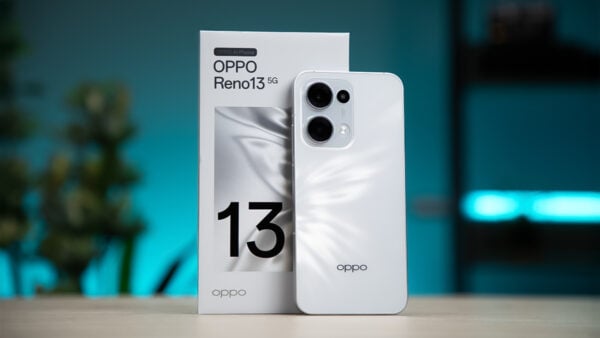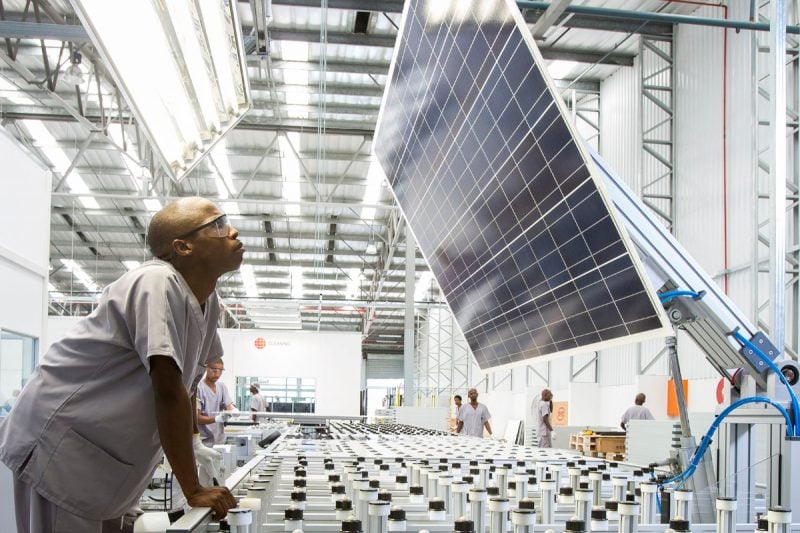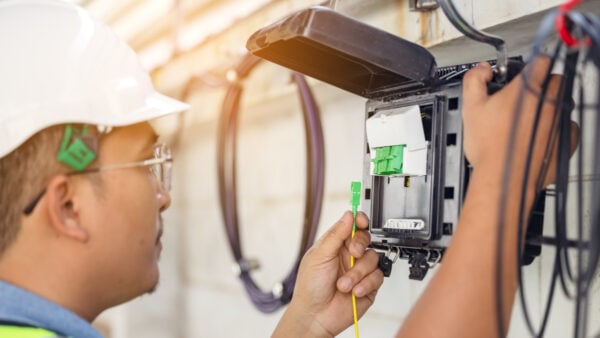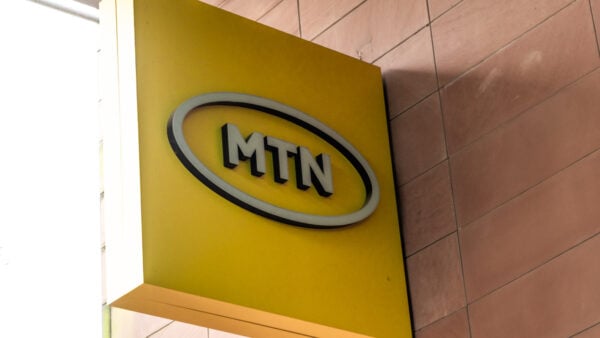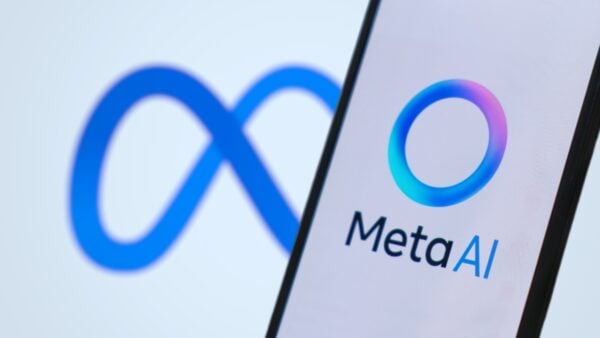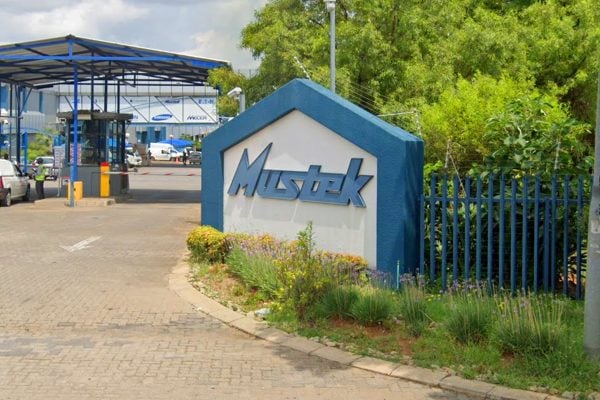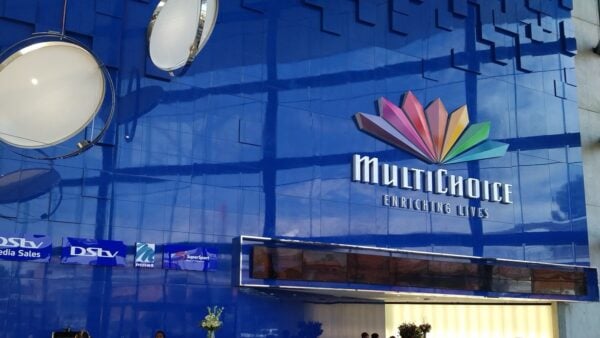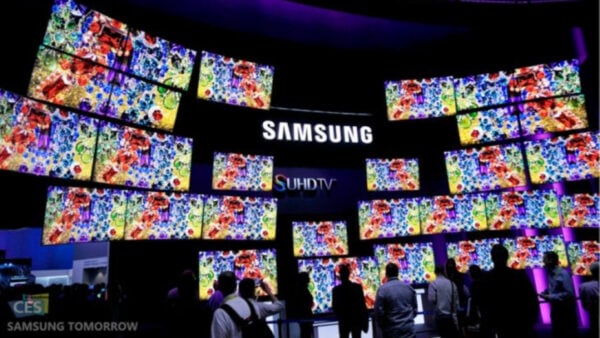The forgotten advantage fibre has over cellular Internet
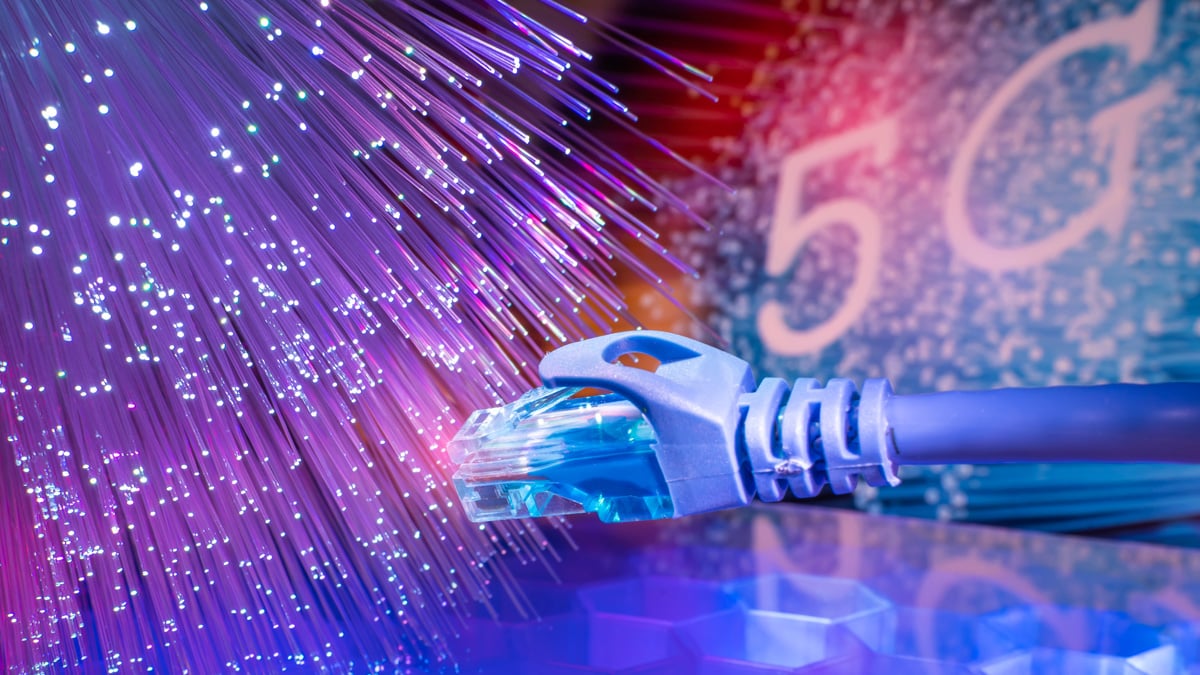
When choosing an Internet service provider (ISP), download speeds are the go-to metric for most South Africans.
However, latency (often referred to as ‘ping’) should be a crucial consideration for many people, since it affects real-time responsiveness.
Latency is a measure of the amount of time, in milliseconds, that it takes a packet of data — such as a keyboard input — to travel from your device to a server and back.
For example, when you click to shoot in a first-person shooter, there is a small delay between your click action and the shot being registered by the game on your opponents’ computers.
It can be almost unnoticeable, but to take an extreme example, you would definitely notice the difference between a 10ms delay and a 500ms delay.
Therefore, whether you’re deep into competitive shooters or casual online co-op games, great ping can be the difference between a smooth match and a frustrating mess of missed shots and rubberbanding.
Latency is vital for more than just gaming, though. It is also important when video calling, using interactive cloud-based apps, and even just loading webpages quickly.
If you’ve ever been on a video call and noticed a long delay before the other person responds, that is likely due to high ping on either side.
Latency should therefore be an important consideration for South Africans when choosing an Internet package.
When choosing between fibre connectivity and cellular broadband, fibre is the big winner when it comes to latency.
This is due to the fundamental differences in how data is transmitted across fibre compared to a wireless connection.
Fibre networks transmit data along optical cables using light pulses, allowing for near-light-speed communication with minimal interference.
On the other hand, mobile 4G/5G networks rely on wireless transmission via cellular towers, which results in environmental and geographic limitations, such as bad weather and interference from ground structures.
It is also far more susceptible to congestion during peak periods, as users compete for spectrum.
Therefore, while options like 5G can deliver comparable speeds, they struggle to match the low latency of a fibre connection.
Comparing fibre ISPs
To determine the real-world differences, MyBroadband Insights compared speed test data for the top fibre and cellular ISPs in South Africa.
You can test your network latency, download, and upload speeds using the MyBroadband Speed Test app — available on Android or iOS devices. You can also perform a speed test through your browser here.
We compared the average latencies of the five fastest fibre ISPs to the average latencies of the top five cellular ISPs over Q1 2025.
For the fibre providers, the average latency ranged between 7.41ms and 11.20ms, with Mweb taking the lead.
The fastest cellular ISP average latency couldn’t beat this; Rain took the top position with an average of 28ms, while Cell C was last at 39ms.
Although this shows that fibre is still king, there is only a difference of 17ms between the fifth place fibre ISP and the first place cellular ISP’s average latency.
Interestingly, MyBroadband Insights also noticed speed tests being done on a Starlink connection in South Africa.
This introduces a third type of network technology through Lower Earth Orbit (LEO) satellites.
While Starlink is not yet commercially available in South Africa, and its latency is much higher than fibre or cellular networks, it offers an alternative option for coverage in areas where fibre can’t reach.
The results are shown in the table below.
| ISP | Latency (ms) |
|---|---|
| Top five fibre ISPs | |
| Cybersmart | 7 |
| Clear Access | 10 |
| Rocketnet | 11 |
| Home-Connect | 11 |
| Cool Ideas | 11 |
| Top five cellular ISPs | |
| Rain | 28 |
| MTN | 30 |
| Vodacom | 32 |
| Telkom | 35 |
| Cell C | 39 |
| LEO | |
| Starlink | 304 |







